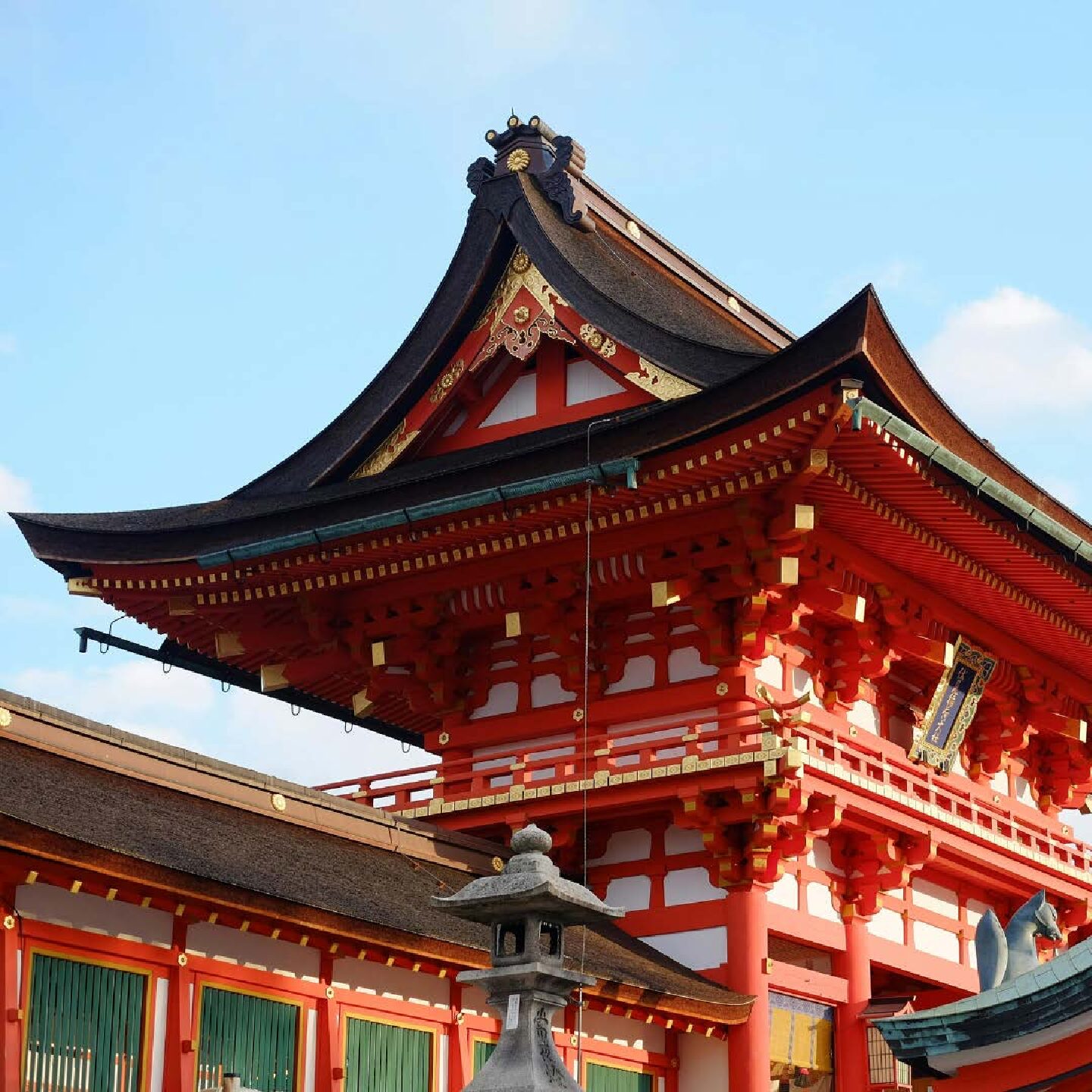We are all thinking about how we can do good, do better, do the right thing when it comes to our communities and our global village. In a nod to ‘giving experiences not things’ – and in recognition that when it comes to ESG – the ‘S’ has been on the back burner – companies are increasingly looking to make a difference rather than a donation. And one such difference and an experience and a donation, is the notion of the 1% Club.
Matt Norris, who runs a fund investing in Real Estate Investment Trusts (REITs) has written about this initiative for companies to invest 1% in meaningful projects, taking inspiration from a particular REIT, the purpose built student accommodation REIT, Unite Students.
A decade ago, Norris highlights how Unite Students created the Unite Foundation to provide “accommodation scholarships for care leavers and estranged young people.” The Foundation has a clear social purpose, seeking to “transform the lives of young people by enabling access to higher education.”
In the past ten years, the Foundation has awarded over 500 accommodation scholarships to students who lack the support of a family.
“This initiative clearly aligns the commercial side of Unite’s business with the delivery of positive social impact for students and communities over the long-term,” says Norris, adding “It’s worth noting that over this same 10-year period investors in Unite Group have benefitted from strong returns too.”
And now to increase the significance of this commitment, Unite Students now targets to invest 1% of profits into social impact initiatives annually. Norris hopes that as investors grapple with how to assess the social impact that companies are making on wider society then such initiatives may grow.
He asks whether this could be the making of the 1% Club, whereby REITs allocate space equivalent to 1% of their annual profits to relevant good causes.
For example, he says office REITs could allocate space in their latest campus developments, as opposed to the stuff earmarked for near-term demolition, with a rental value equivalent to 1% of their profits to charities. Or shopping centre REITs could allocate 1% profit equivalent space to youth centres looking for a town centre home. He adds that such actions are clearly measurable, helping to bring clarity to the ‘S’ factor and potentially move it up the ESG agenda.
And of course, it isn’t just REITs with space to proffer to communities that could take the 1% idea – on a corporate, individual, national and local governmental level where there is office or retail space (flats above shops) being under-utilised or just plain left empty – with imagination and effort we could be creating social spaces, living spaces, homes for homeless.
Now that is doing the reit thing.
Photo by Brooke Cagle on Unsplash


